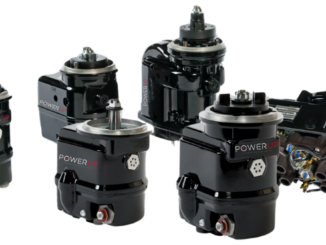Research and Markets has announced the addition of the “Global Permanent Magnet Market Report 2013-2018” report to their offering.
Rising demand for miniaturization coupled with advancement in technology that leads to the availability of better quality ferrite magnets and neo magnets with lesser dysprosium content, will drive the permanent magnets market to $18.8 billion by 2018.
The permanent magnet market is witnessing very high growth on account of rising demand for efficiency and increased electrification in all facets of life. The demand for permanent magnets is growing, especially from the automotive and wind energy sectors. It is increasingly used for electric power steering, electric vehicles and hybrid vehicles. The wind turbine market is another major growth area for permanent magnet. China is a dominant player in the rare earth permanent magnet.
Permanent magnet are made of diverse materials that range from ferrite to rare earth elements. NdFeB permanent magnet, due to their wide areas of applications and numerous advantages, are used in most of the industries. Hence they dominated the market. Presently, China has the monopoly in the supply of rare earth minerals that are necessary to produce rare earth magnets. It has huge reserves of rare earth minerals that account for 23 percent of the world’s total rare earth reserves. China produces a vast quantity of two primarily important rare earth minerals required to produce , dysprosium (production share of 99 percent) and neodymium (production share of 95 percent).
The Chinese government is taking strategic steps to maintain its leading position as a supplier of rare earth minerals as well as to secure rare earth reserves for its own internal consumption. It has restricted rare earth annual export quotas to less than 35,000 tonnes. The Chinese government is also taking measures to curb non-licensed mining and export of rare earth minerals. The supply constraints from China results in high volatility in the prices of rare earth minerals that results in high prices for rare earth magnets.
Due to the supply constraint from China, other countries across the globe are finding new ways to reduce the dependence on China for the rare earth minerals. They are finding new ways to diversifying global rare earth supply chain, development of alternative materials, and more efficient use of rare earth, including recycling. The US government is keen on domestic production of the entire supply chain of permanent magnet which are critical for the defense and energy. Many governments are encouraging their manufacturers to develop alternative technologies to reduce or no use of rare earth in the production rare earth magnets.
For more information, click here.



